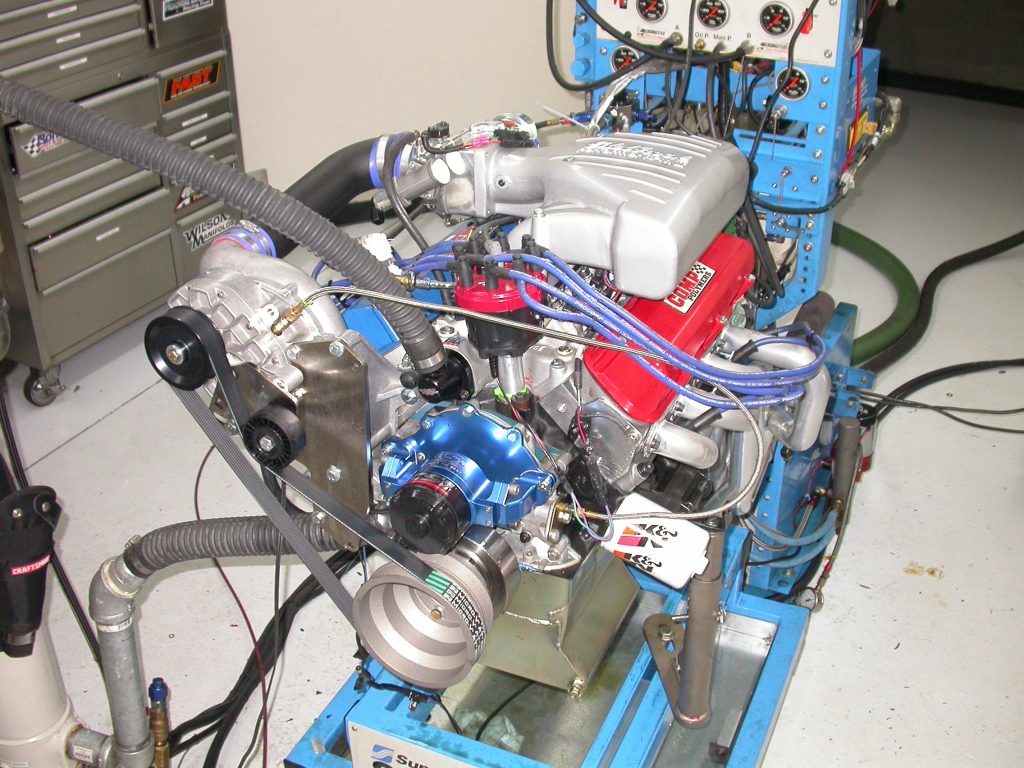
When it comes time to perform mods to your small-block Ford, gearheads have many choices. The choices include everything from basic bolts ons to pressurized power adders? Let’s not forget cubes and chemicals, as the all-important adage, that there is no replacement for displacement, works well alone, or, when combined with a little (or big) shot of nitrous oxide.
Think about it this way, if a 302 is good, then a 331 or 347 is even good(er)! The extra peak power is always welcome, but nothing puts a smile on your face like the added torque offered by the extra cubes! The same goes for nitrous oxide, or as we like to call it, the EASY button. Nothing seems easier, or more effective, than a little shot of chemical injection. The great thing about nitrous is that it can be added to any combination, from stock to Pro Stock. Nitrous doesn’t discriminate—it just wants to join the party!
Modifications to your motor are limited only by your imagination and/or bank account, but rest assured, there are plenty of ways to build a fast 5.0L (or other furious Ford).
Though our choices were plentiful, we decided to settle for nothing less than boost for this build. Not only would the little small block get some much-needed artificial aspiration from a Vortech supercharger, but we included a number of the other power producers as well.
Our 347 Ford Stroker Build
First on the list was a step up in displacement, as we combined a 3.40-inch stroker crank with a 4.030 bore to up the cube count to a full 347 inches. Working with the added displacement were a number of basic bolt-ons, including heads, cam, and intake.
In fact, the idea behind this test was to demonstrate why it is important to combine these upgrades with boost. I mean, can’t you just crank up the boost to make more power?
In reality, the best way to make boosted power is to increase the power output of the naturally aspirated motor before adding the boost. The benefit of this, especially on our supercharged combo, is that the modifications simultaneously increase the power while decreasing the boost.
Wait, how exactly is that possible, making more power with less boost? Is it some sort of voodoo magic? Nope, it’s just science, and especially desirable when running on pump gas!
Supplied by our friends at Demon Engines, the 347 featured a production, late-model, 5.0L (hyd-roller) block stuffed with a 3.40-inch steel stroker crank and matching set of forged 5.40-inch connecting rods. The rods were combined with forged, flat-top pistons from Probe Racing. The pistons featured the required (in-line) valve reliefs for our healthy XFI cam profile from Comp Cams.
The 347 made sense, since we would be upgrading the internals of the 302, so why not step up to more displacement and power while we were at it? To get things started, we first equipped with the 347 with a set of stock E7TE heads, a stock 5.0L (stick) hyd-roller cam and (tubular) GT-40 intake.
Unfortunately, we had no stock 5.0L H.O. intake available at the time of testing, or it would have been run. All testing was run sans MAF and the factory ECU, instead replaced by a Fast XFI management system. The stock heads were modified slightly (guide plates and studs) to allow use of a set of adjustable roller rockers. Additional mods included a Moroso oiling system, 36-pound injectors and a 65mm Accufab throttle body.
Run in this configuration, the mild 347 produced peak numbers of 307 hp at 4,700 rpm and 401 ft.-lb. of torque at 3,300 rpm.
The added displacement (and compression over a stock 5.0L) allowed the torque production from the 347 stroker to exceed 350 ft.-lb. out trough 4,600 rpm.
Adding a Supercharger with Stock Ford Heads
After running the mild 347, we installed a Vortech S-trim supercharger. The S-trim blower was equipped with 3.80-inch blower pulley and 6.75-inch crank pulley. This pulley drive ratio, combined with the internal gear step ratio of 3.45:1, produced a peak impeller speed of 36,769 rpm (at 6,000 rpm-engine speed). This pulley set up on our mild 347 impeller eventually produced a peak boost reading of 8 psi at 5,700 rpm. Even with the rising boost curve, the mild combo didn’t respond well to rpm! Running a pump gas/race fuel mix on the 10:1, supercharged 347 combination allowed us to get a little aggressive on the tune (11.9:1 & 27 total degrees).
After tuning the supercharged combo, we were eventually rewarded with peak numbers of 421 hp at 5,500 rpm and 462 lb./ft. of torque at 4,200 rpm.
In typical centrifugal fashion, the boost curve supplied by the Vortech increased from a low of 2.4 psi at 3,300 rpm to a peak of 8 psi at 5,700 rpm. The mild increase in boost at 3,300 rpm did show torque gains, with an extra 60 lb.-ft. offered by the blower (to 461 lb.-ft.). The rising boost curve did allow the motor to make peak power higher in the rev range (from 4,700 rpm NA to 5,500 rpm FI).
Though we were happy that the Vortech improved the power output of the mild 347 by 37 percent, we knew there was much more power to be had from this combination. It was time for some mods!
New Cylinder Heads, Cam & Intake (And No Supercharger)
After adding the Vortech to the mild 347, we tore into the small block Ford stroker and replaced the stock heads, cam and GT-40 intake. Off they came, replaced by much more powerful units. The stock 5.0L cam was replaced by a healthy XFI grind from Comp Cams. Designed for stroker applications, the XFI236HR-14 cam combined a (single-pattern) .579″ lift with a (dual-pattern) 236/246 duration split (measured at .050″). The EFI-friendly lobe separation angle checked in at 114 degrees.
Obviously, the bigger cam needed some head flow, so we installed a set of Racing Head Service aluminum heads (iron heads should be outlawed). Though RHS offered ported heads, we elected to run a set of 200cc, as-cast heads designed as a direct bolt on (with appropriate spring rates) for hydraulic -roller cam applications. The RHS literature suggested the intake flow checked in at 274 cfm at .600″ lift. The exhaust flow was equally impressive at 199 cfm. Compared to the 160 cfm (intake) and 113 cfm (exhaust) offered by the stock 5.0L (iron) heads, the RHS heads were a welcome addition.
Topping off the head/cam combo was an Edelbrock RPM II EFI upper and lower intake. Having tested the RPM II intake duo previously on another 5.0L, we knew it represented a significant induction upgrade compared to the GT-40.
Once tuned with our XFI management system, the modified (NA) 347 pumped out 448 hp and 420 ft.-lb. of torque.
Note that our modified NA motor now made more power than our mild combo with the supercharger.
Adding Boost to the Stroker’s New Heads/Cam/Intake Combo
The final test was obviously to add boost once again to the now-modified 347, and boy howdy did it respond. Run with the same pulley combination, the boost dropped by 1.4 psi (measured at the same rpm), but actually the Vortech S-trim still managed to produce 8 psi, just 600 rpm higher.
Equipped with the Vortech, the modified 347 produced 665 hp at 6,300 rpm, combined with 559 lb./ft. of torque at 5,500 rpm.
Looking at the combination, it was hardly wild, though the cam was a healthy one. Still, it just goes to show you that a 347 (with heads, cam, and intake) combined with a Vortech is still a player out on the street.
The only thing stopping this combo from topping 700 hp was fuel, as we were nowhere near the limit of the available blower speed. Looking back, the 36-pound injectors were a bad choice for our big-boy blower motor, as we quickly used up all the available fuel flow. The power and boost were still rising at our shut off point, but this was already a lot of power for a stock 5.0L block.
Boost referencing the regulator would help, but we nonetheless managed to prove the important point that modifications to the NA 5.0L-based motor paid big dividends once you add boost!
Want to see for yourself? Here’s a video of the builds. Or keep scrolling for dyno graphs, an airflow chart, and plenty of pics.
Airflow Data: Stock E7TE v. RHS 200cc As-Cast Aluminum Heads
| Lift | E7TE Heads Airflow (cfm) | RHS Heads Airflow (cfm) | Airflow Gains (cfm) |
|||
|---|---|---|---|---|---|---|
| Intake | Exhaust | Intake | Exhaust | Intake | Exhaust | |
| .100" | 55 | 40 | 72 | 60 | +17 | +20 |
| .200" | 110 | 75 | 154 | 121 | +44 | +46 |
| .300" | 142 | 100 | 208 | 159 | +64 | +59 |
| .400" | 160 | 110 | 254 | 184 | +94 | +74 |
| .500" | 157 | 112 | 271 | 193 | +114 | +81 |
| .600" | 153 | 111 | 274 | 199 | +121 | +88 |
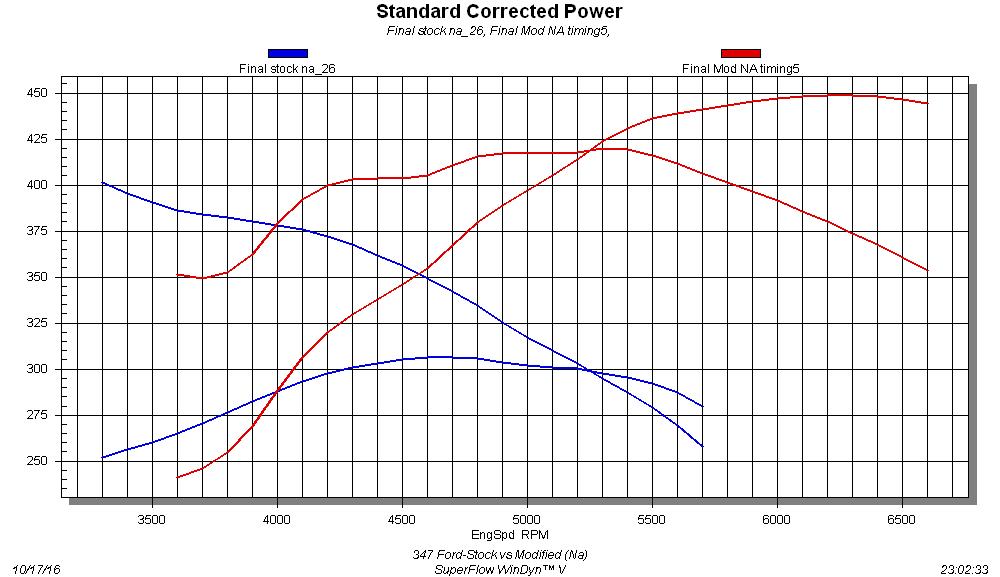
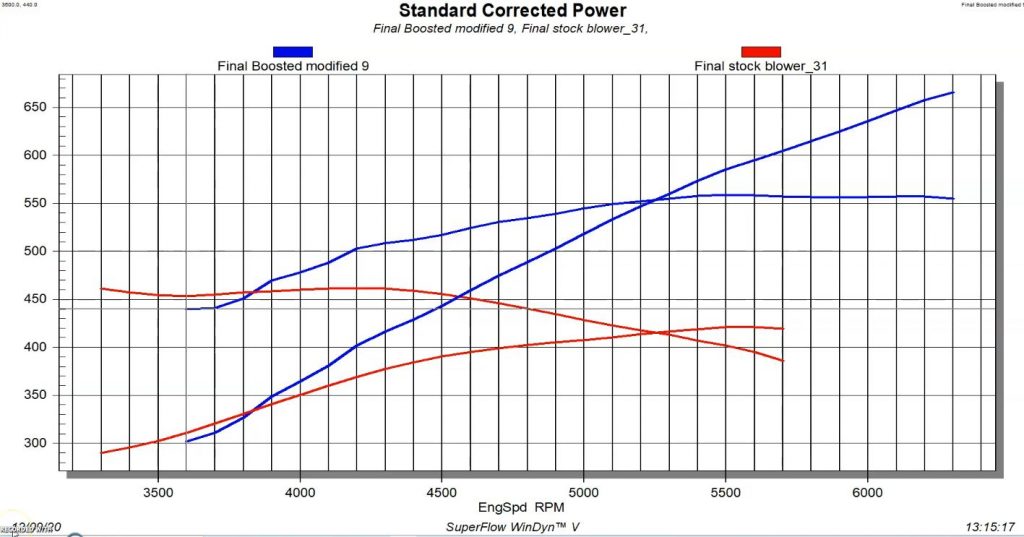
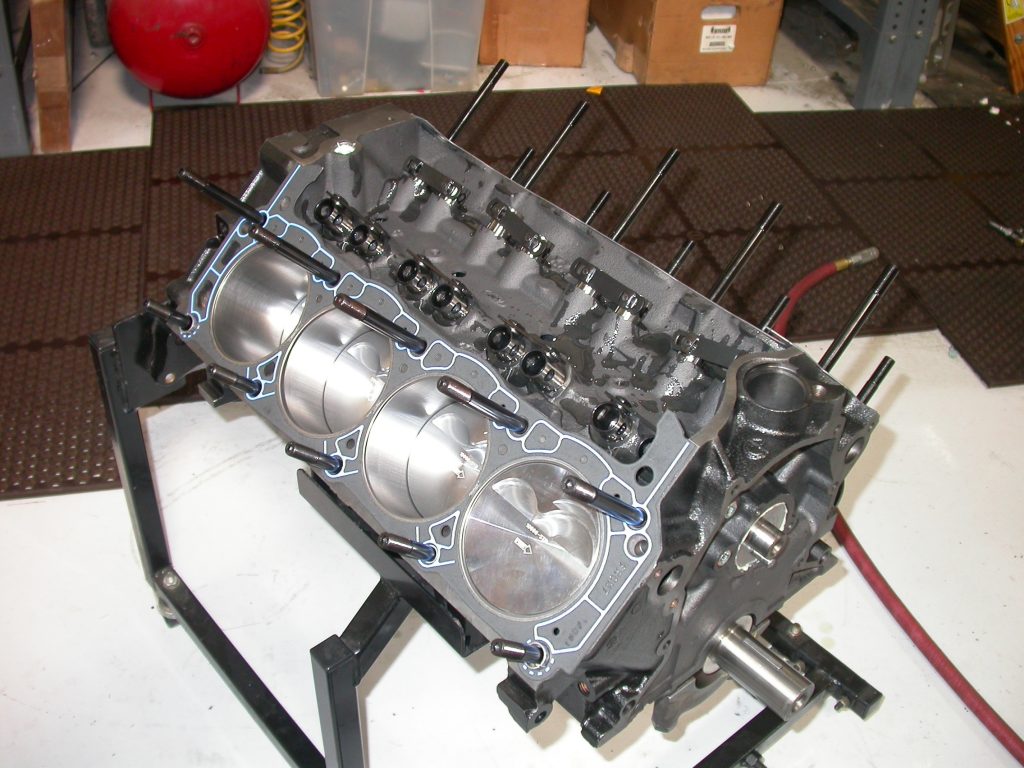
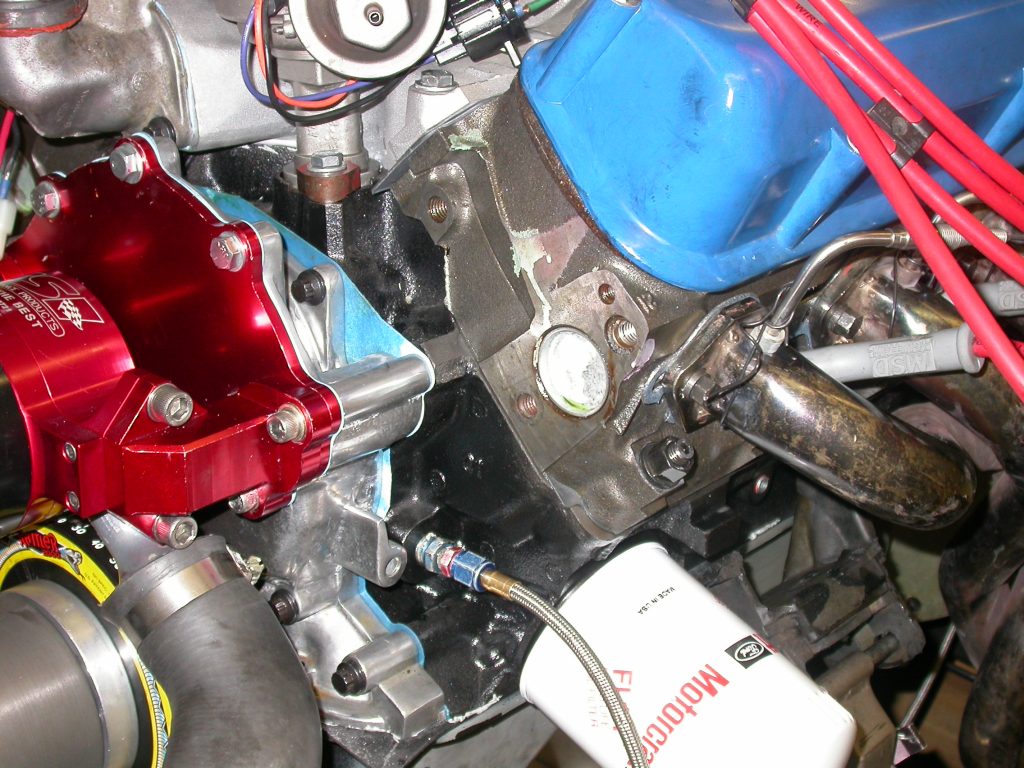
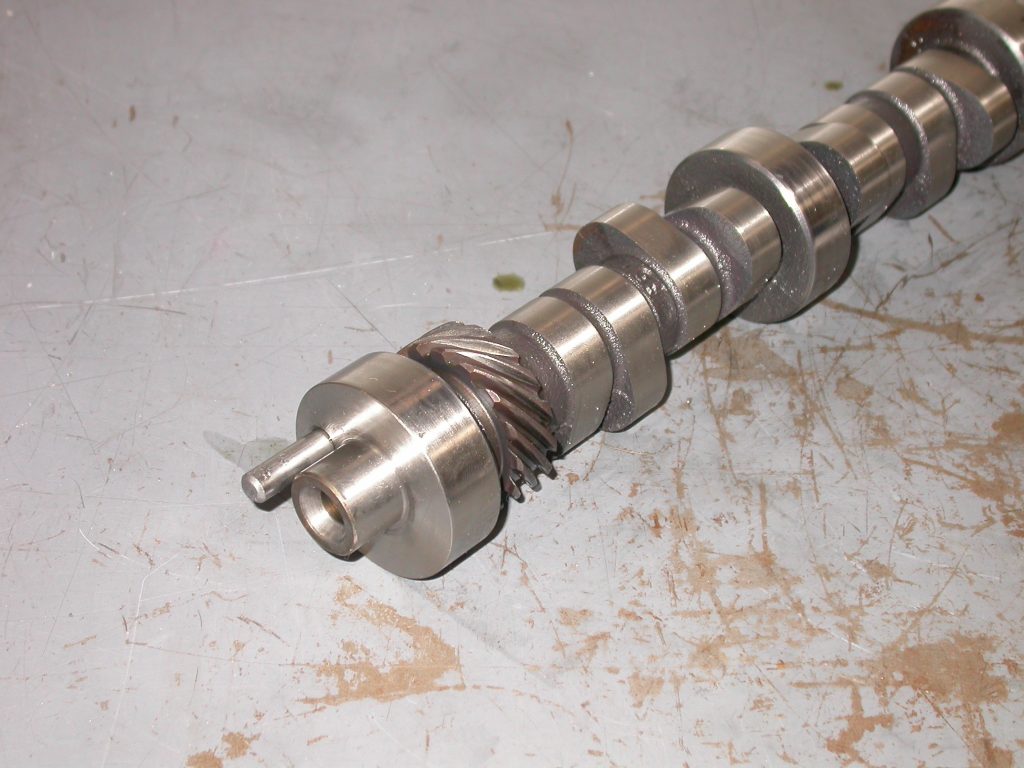
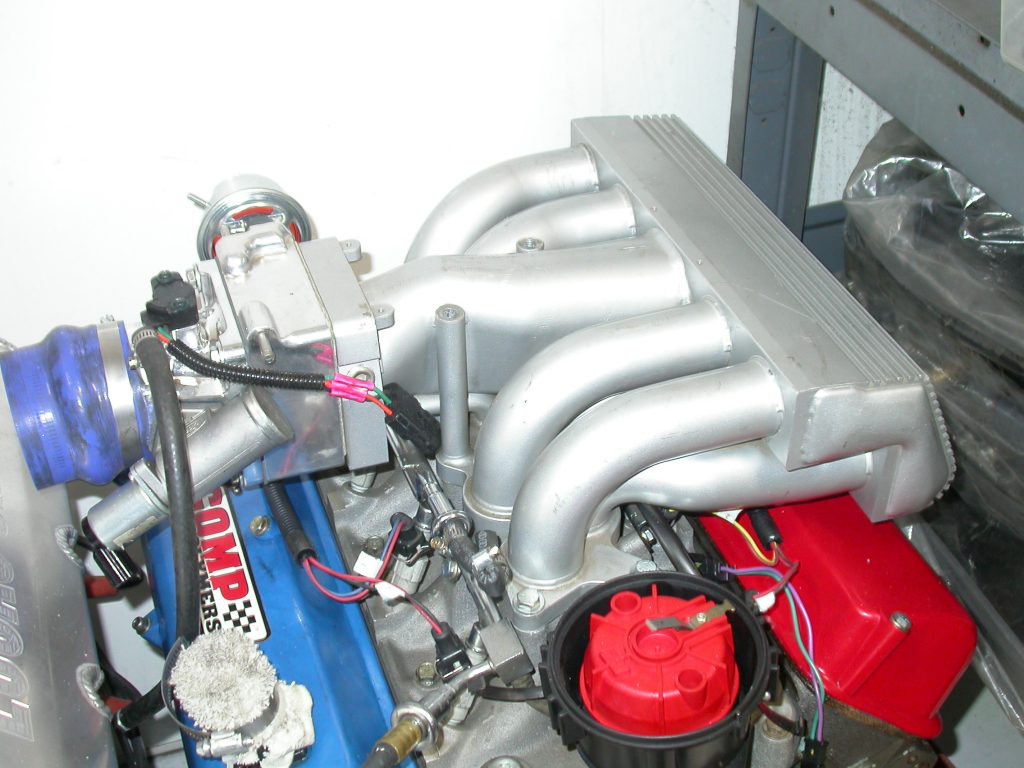
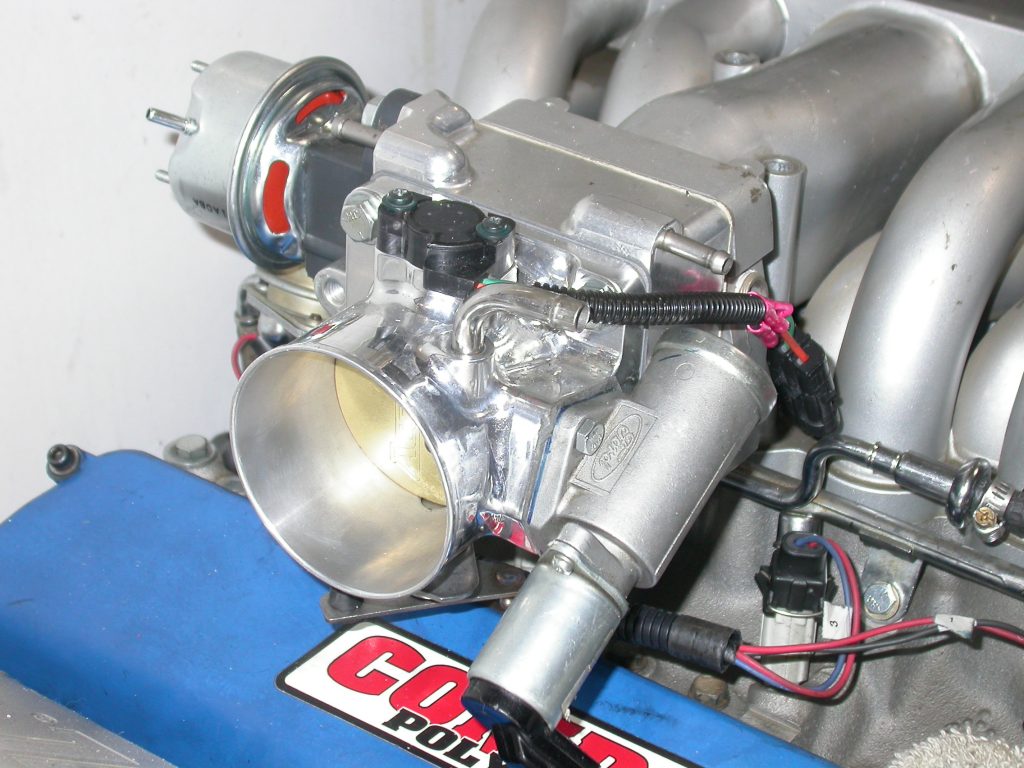
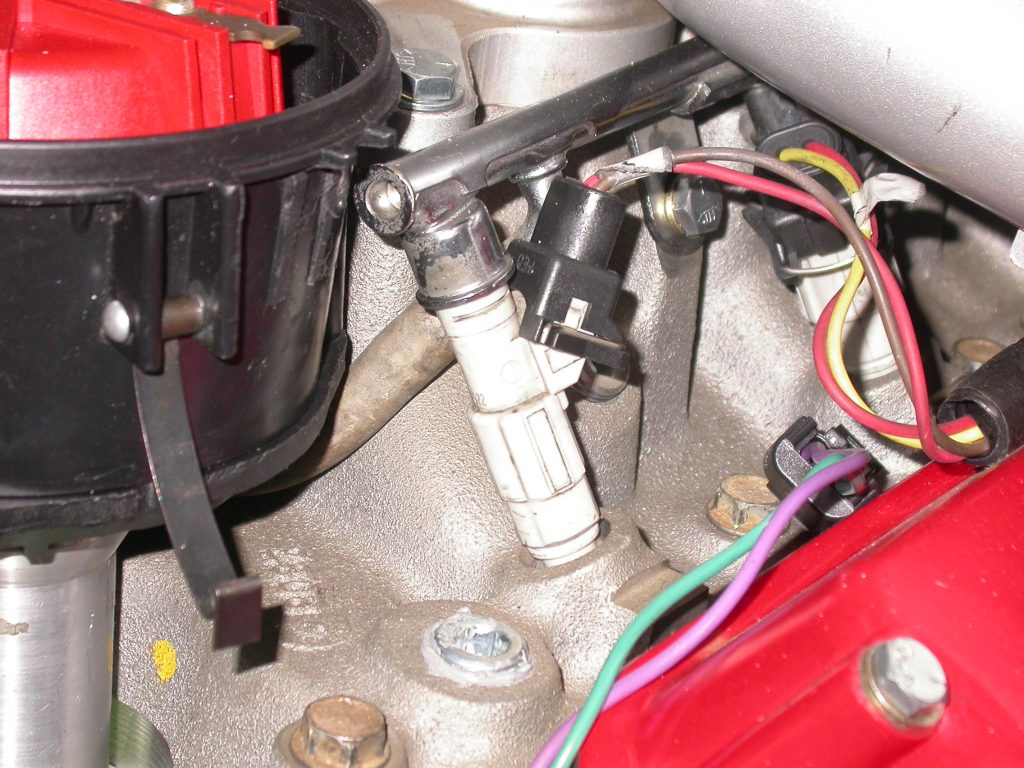
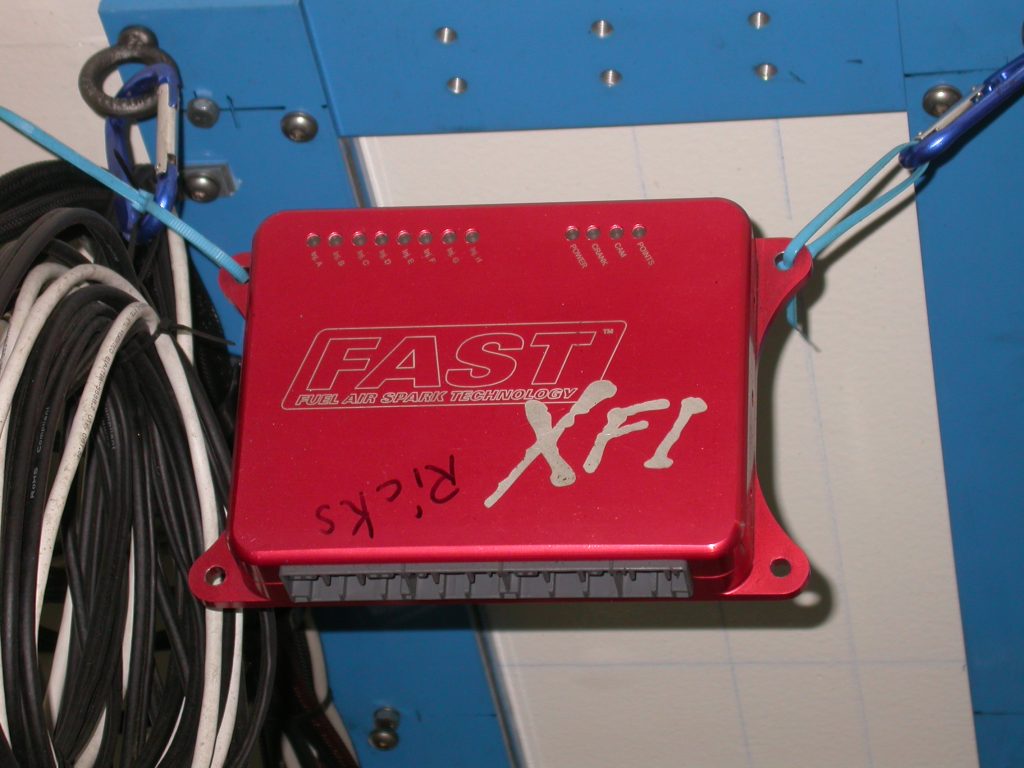
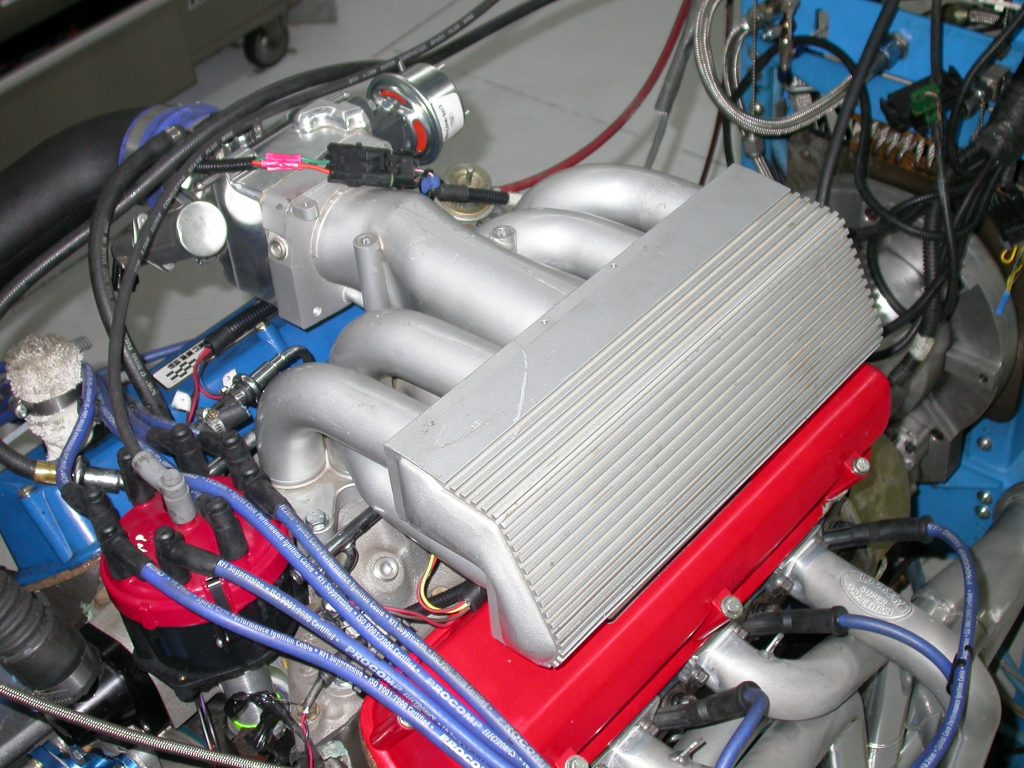
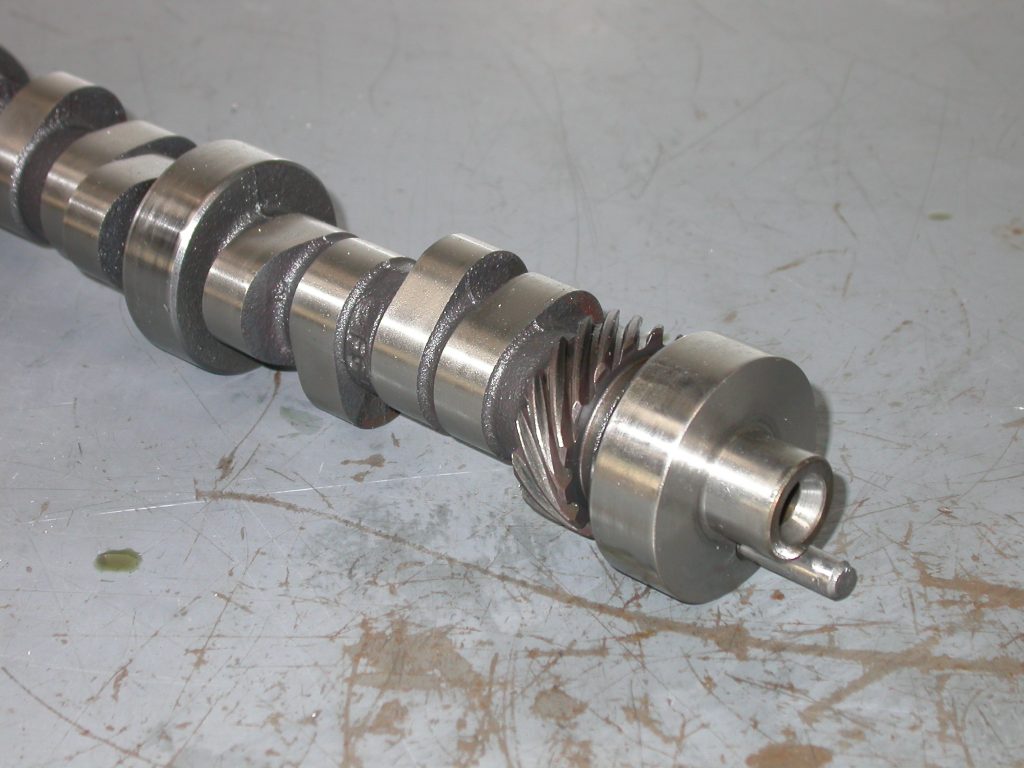
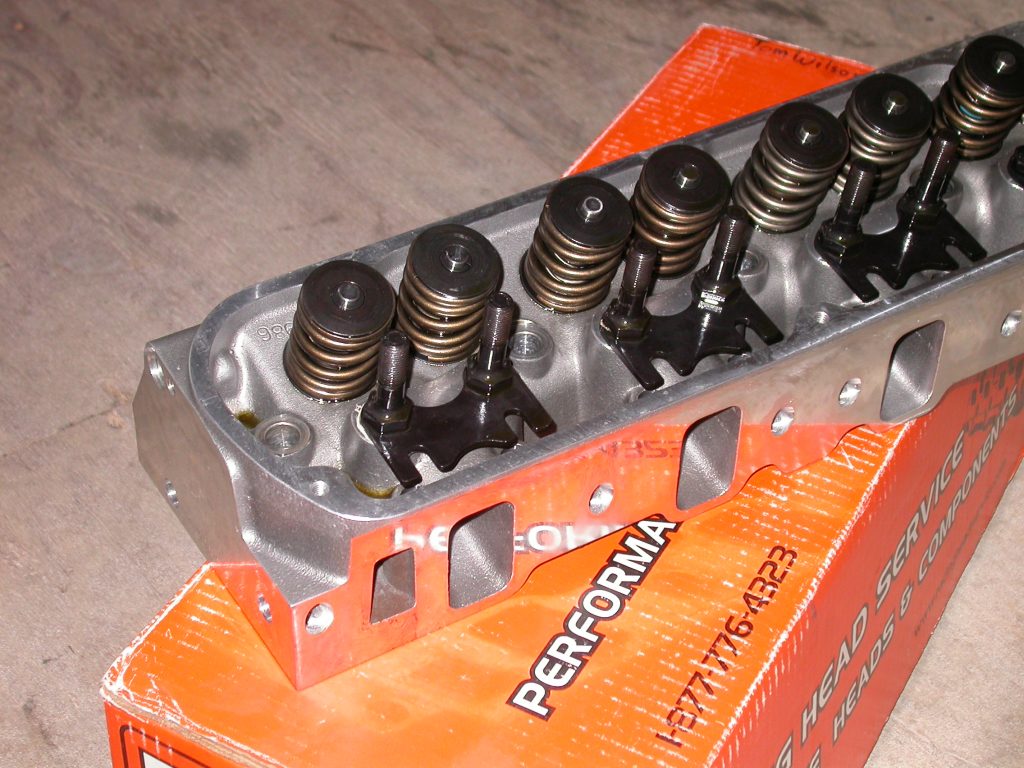
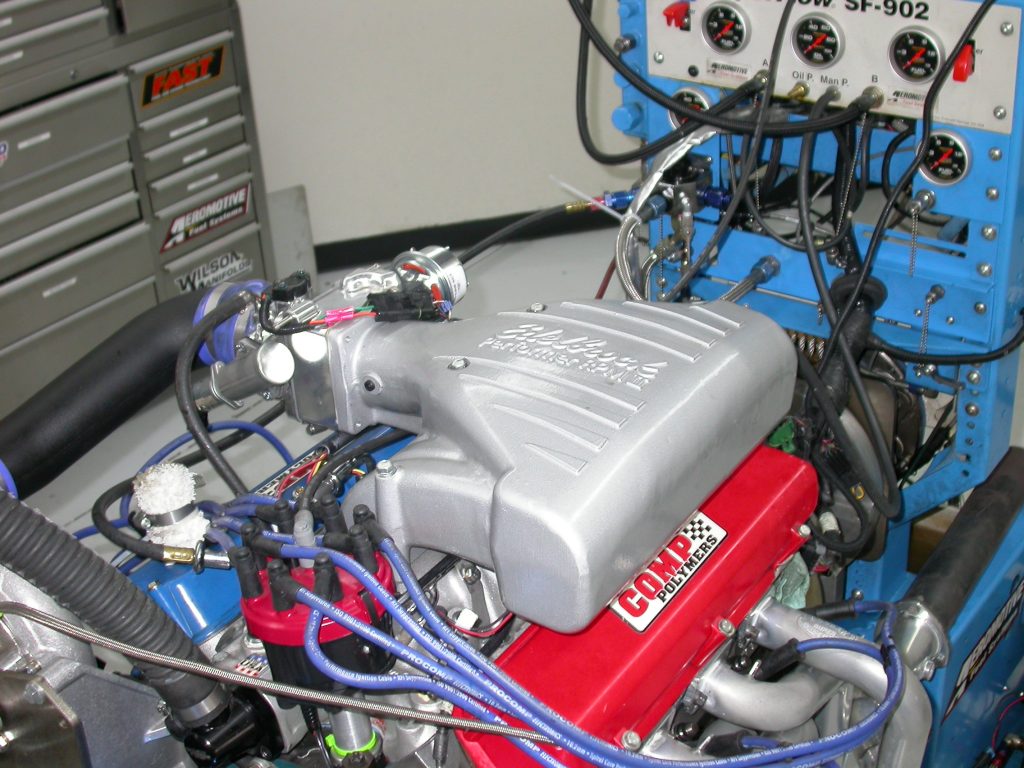
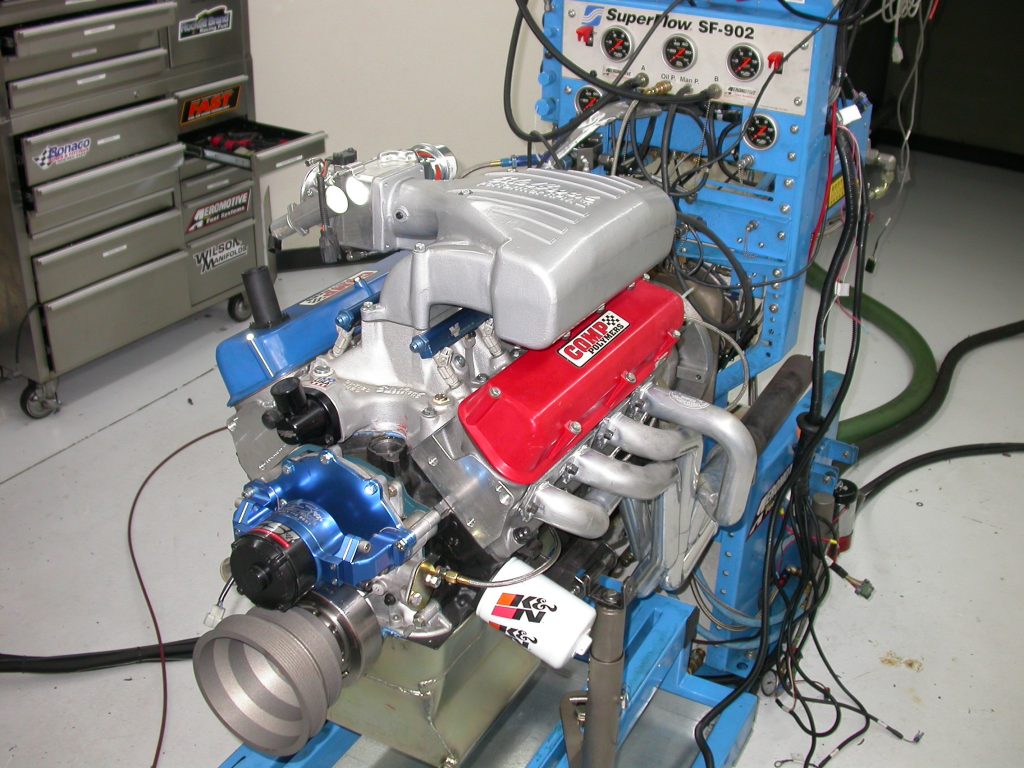
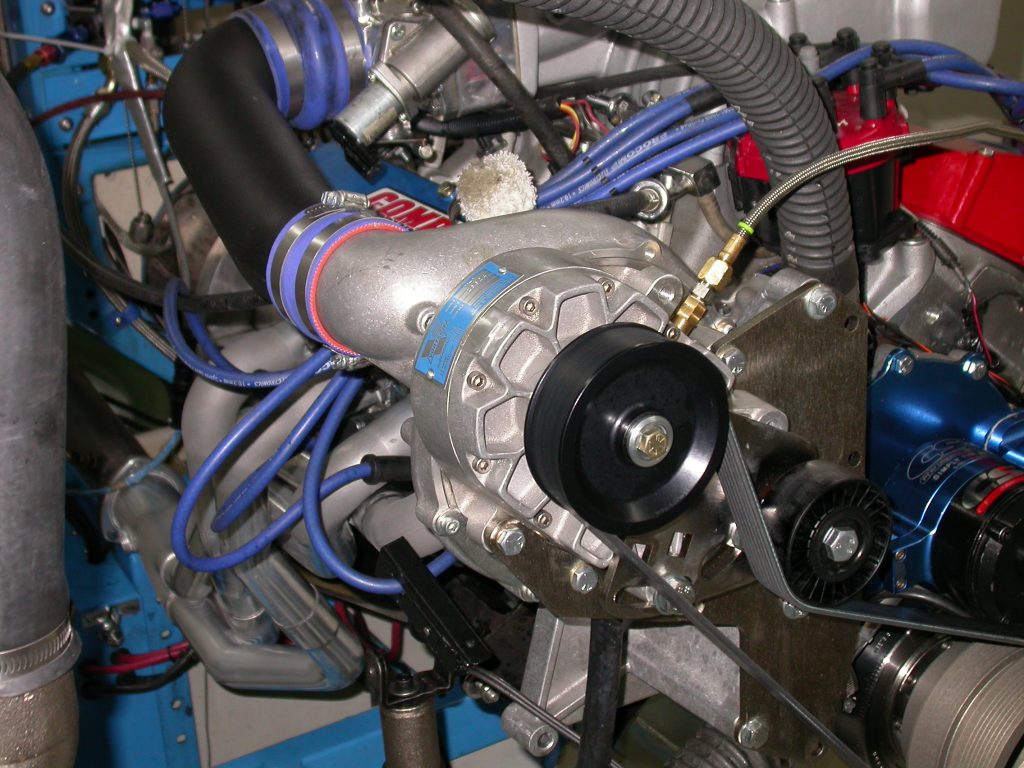
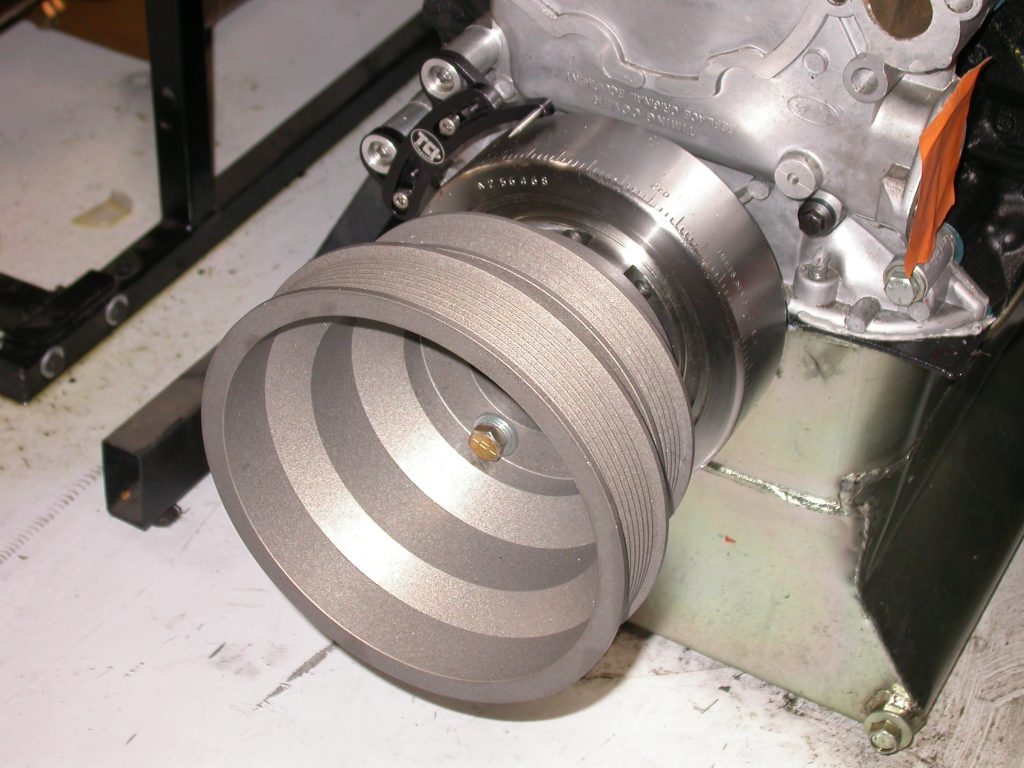
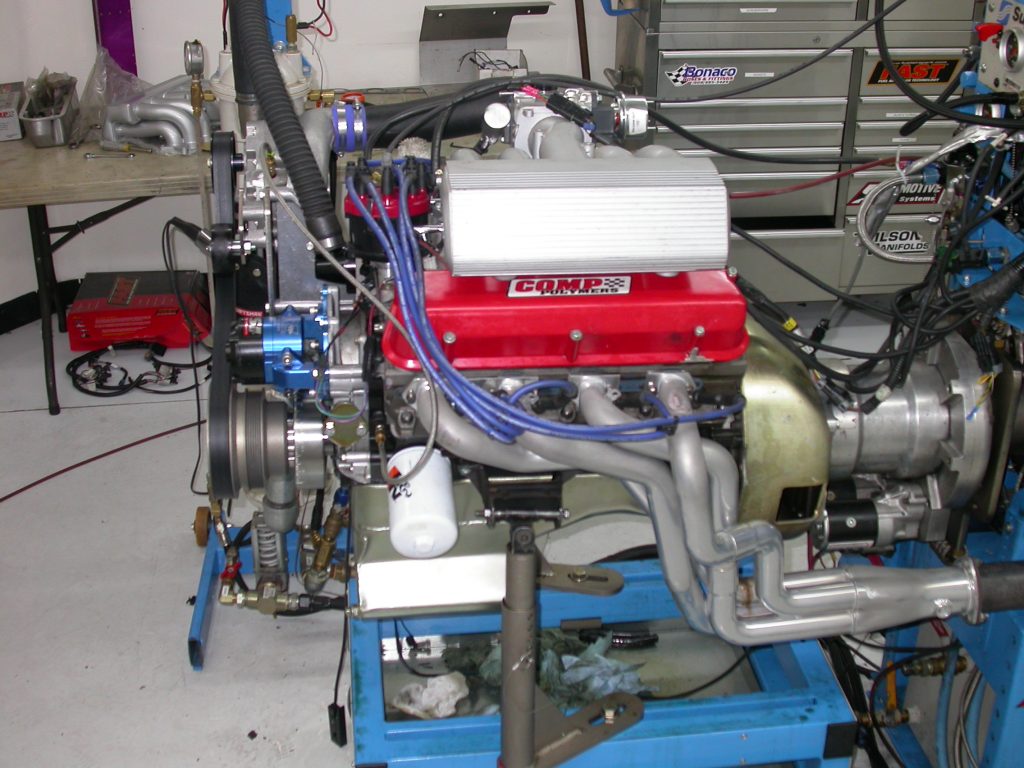
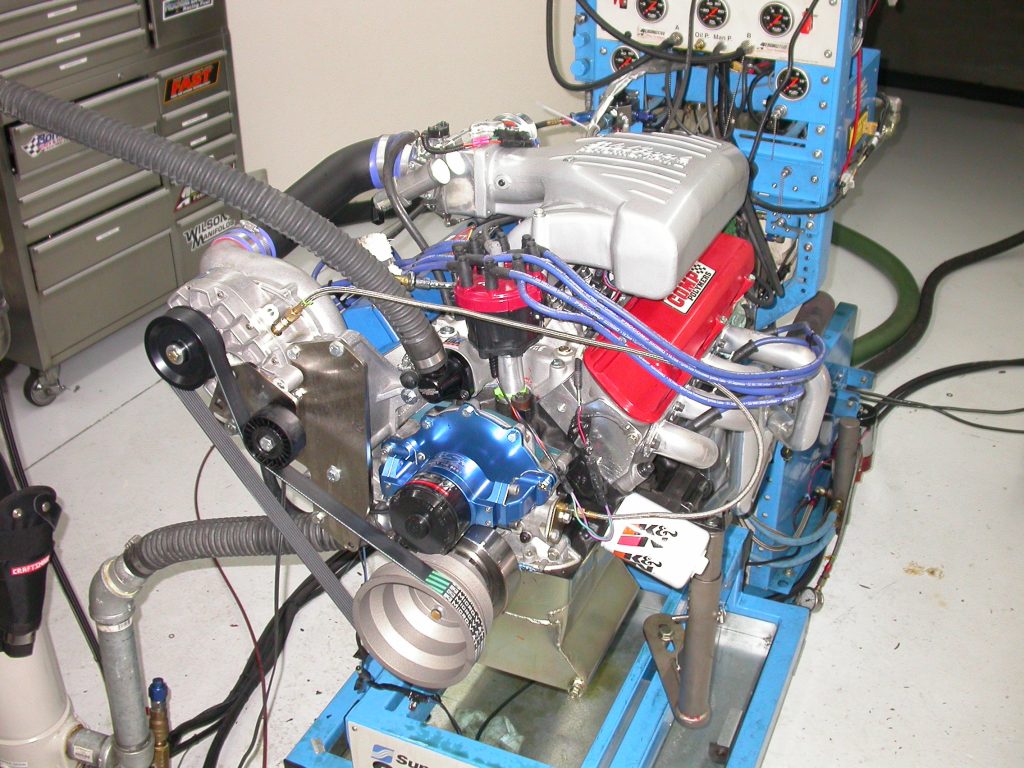

[…] When it comes time to perform mods to your small-block Ford, gearheads have many choices. The choices include everything from basic bolts ons to pressurized power adders? Let’s not forget […] Read full article at http://www.onallcylinders.com […]
Would this cam, XFI236HR-14 from Comp Cams, work well with a Turbocharger instead of a Supercharger? I am building a 89 Fox Mustang and wanting to Turbocharge it. This article was very informative. Thanks you very much.
Richard, as always you did a great job of conveying a huge amount of vital data collected during each stage of the build and the photos are outstanding. I’ve always preferred canted valve Cleveland heads for small block stroker builds with 408 or more cubic inches but this 347 Windsor is definitely impressive. Way to go !